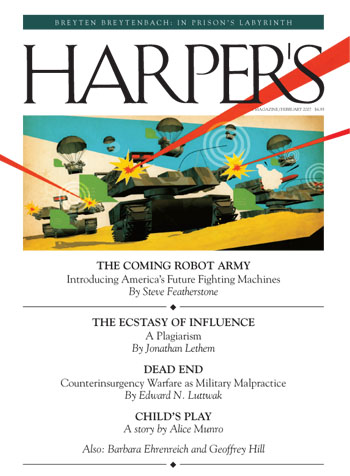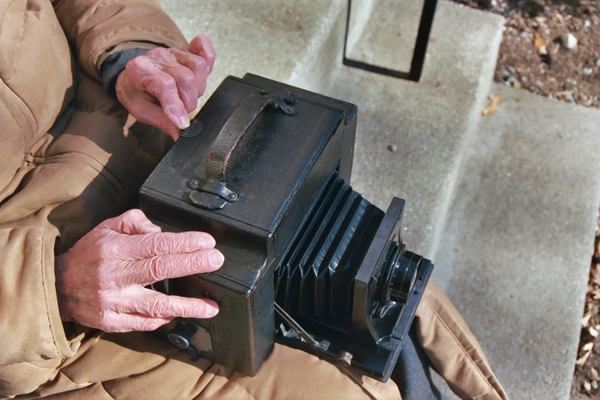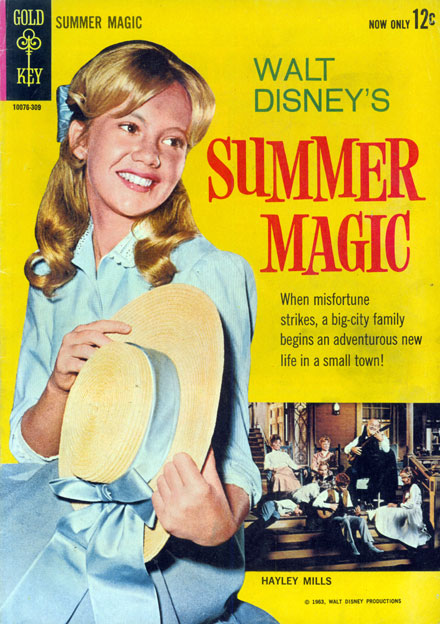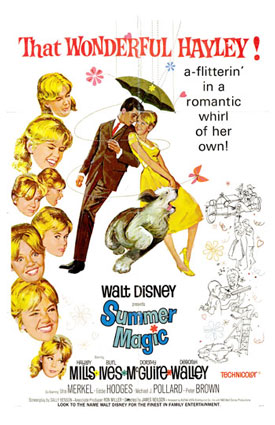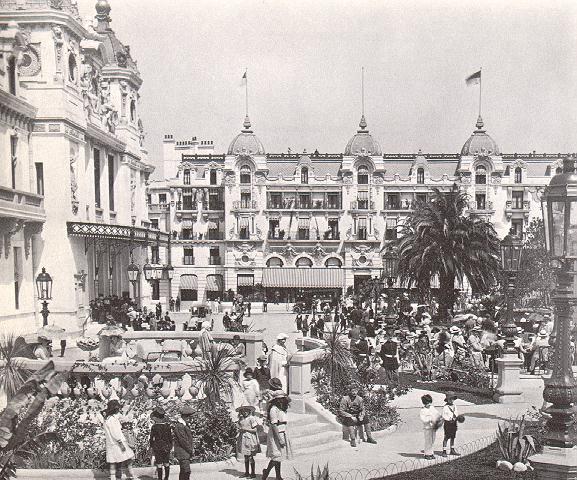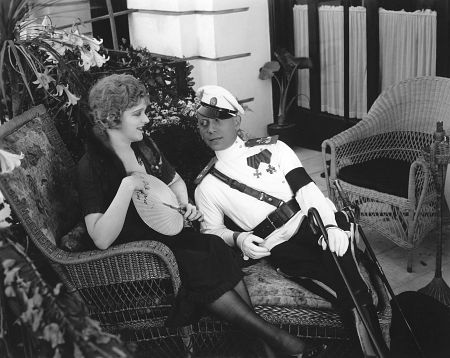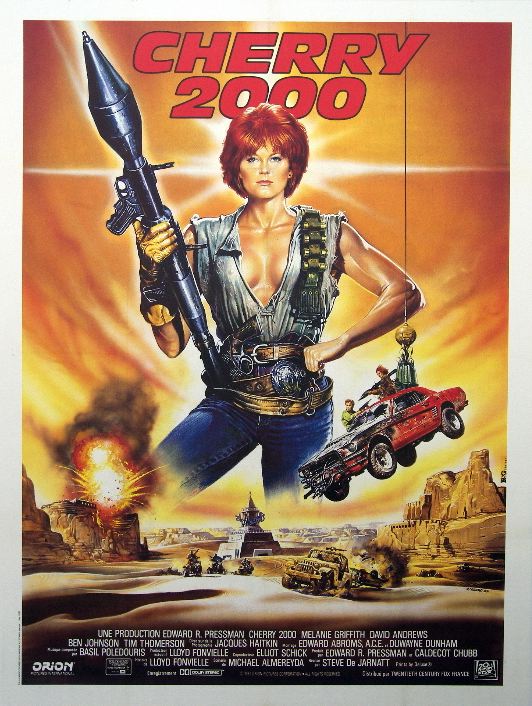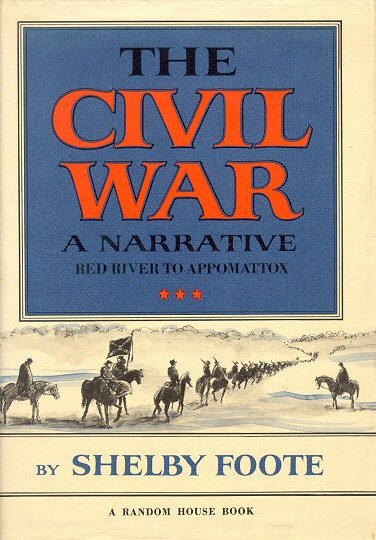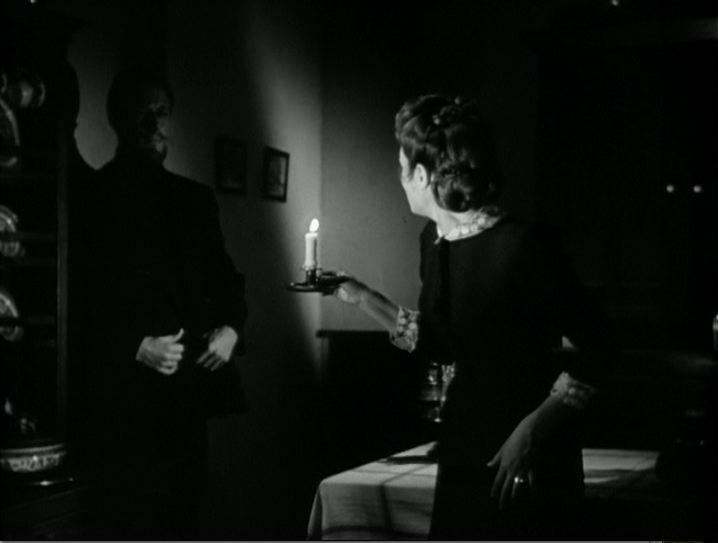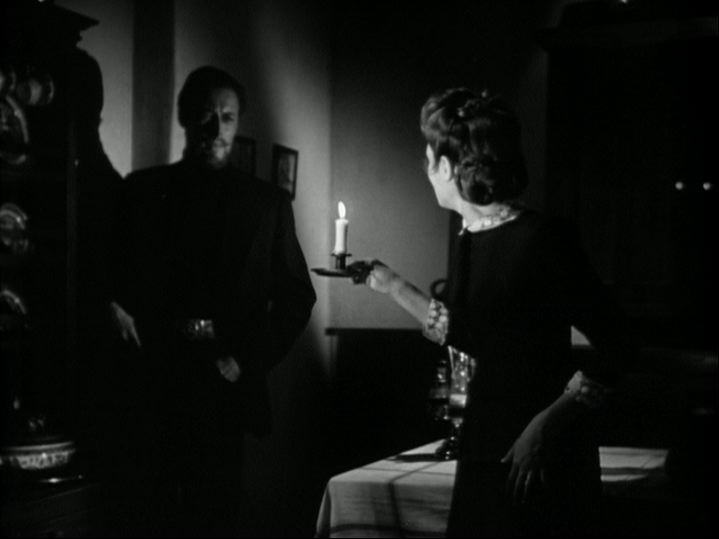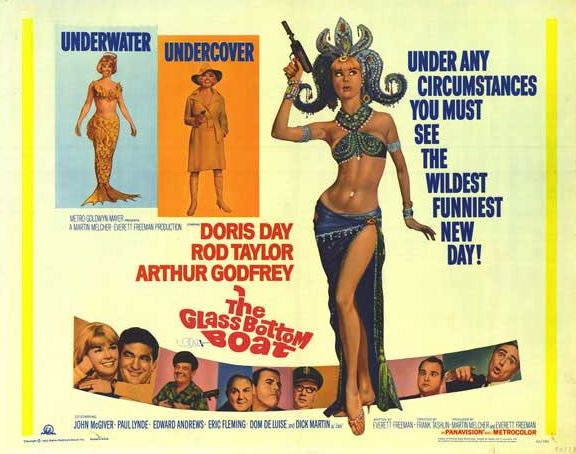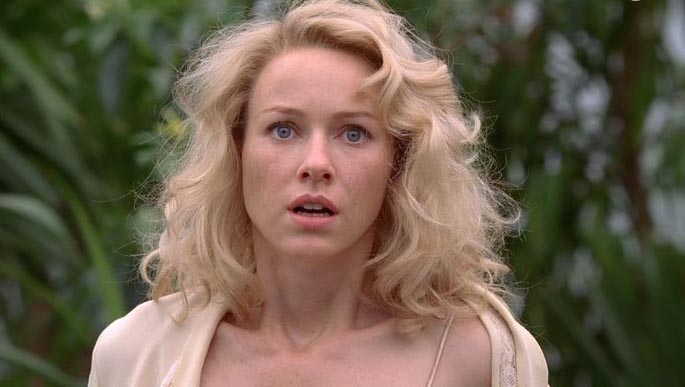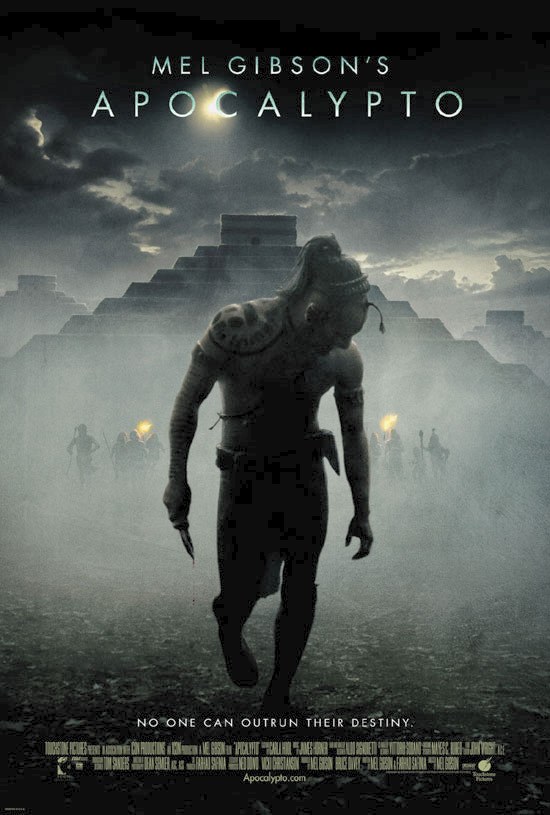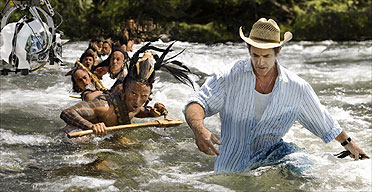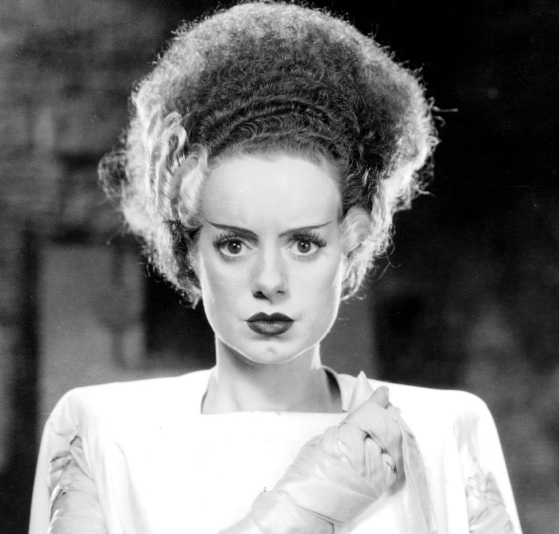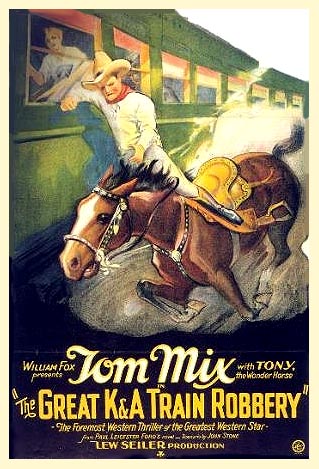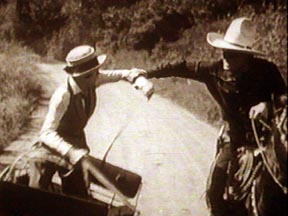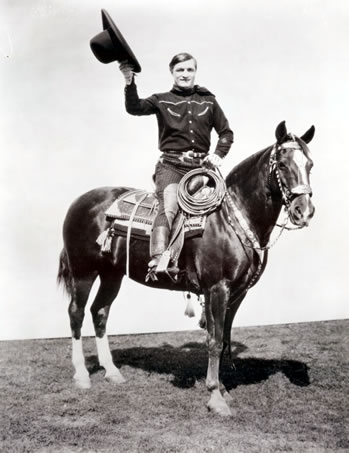
The
thing about the Mar de Cortés, about any other part of the ocean you could name, really,
is that it's connected to every other part of the ocean. So theoretically you could
launch a rubber raft into the water at the La Paz marina
and, by a combination of luck with the currents and furious paddling,
end up at the Piazza San Marco in Venice . . . or the Battery in New
York . . . or more likely Espíritu Santo Island.
For
that reason, all seaside places have a common air about them, the feel
of being open directly to all other seaside places. So when I look out
from any one of them I have sense memories of other times
by the ocean:
My
first memory of the sea, when I was two or three, and a wave shoved me
down to the bottom (possibly six inches underwater at that point) and would not let me up. It did let me up eventually, of course, in a matter of
seconds, but it conveyed an intention in those seconds which seemed
inflexible and eternal. I have never learned more about the ocean than
I did then, though I have sometimes forgotten the lesson.
Leaving
Cherbourg at night for an Atlantic crossing, standing at the rail of a
freighter with two ballet dancers, connecting suddenly with the romance
and grave seriousness and joy and terror of every long ocean voyage
ever made by a mariner in the whole history of seafaring.
Sailing
in a dhow, as Sinbad once did, in a choppy sea on the Indian Ocean, as
jet-black Kenyan sailors demonstrated with exhilaration how they
shifted the big stones in the bottom of their keel-less craft to keep
the boat steady in the water.
When I
dip my toes into any ocean I disturb currents that run through every
ocean, even the ones I've never seen, and especially the ones I've set
out on, or under, or crossed, or seen from a window in a beach house,
cleaning fish, or boiling shrimp, or just looking.
